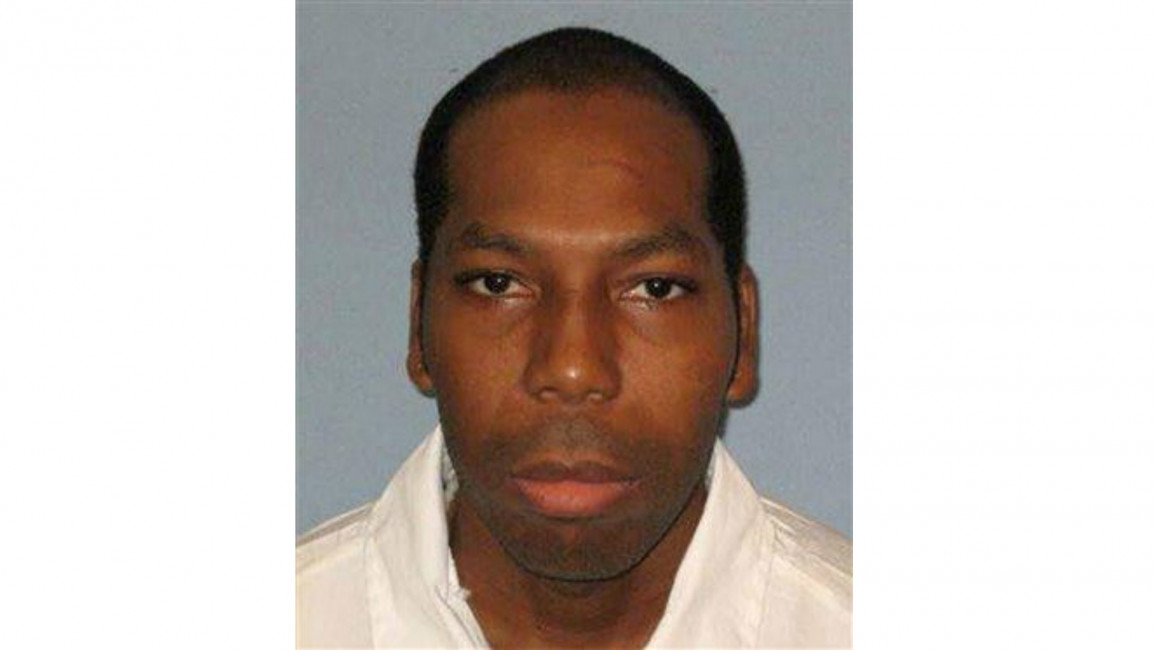Muslim death row inmate battles to have an imam at his execution
Muslim death row inmate battles to have an imam at his execution
A death row inmate in Alabama in eleventh-hour plea to have an imam accompany him into the execution chamber.
2 min read
Alabama death row inmate's lawyers say his freedom of religion has been violated
An inmate on death row in the state of Alabama has been denied his request to have an imam present during his execution by prison officials.
Domineque Hakim Marcelle Ray, who converted to Islam after his arrest, is scheduled to be executed by lethal injection on February 7, and had found himself in a race against time to fulfil his final wish.
Ray filed a stay of execution last month in order to continue his challenge against the presence of a Christian chaplain -who is ordinarily present at Alabama executions - during his final moments.
His lawyers argued that this constitutes a violation of his right to freedom of religion.
Holman Prison Warden Cynthia Stewart denied the inmate the presence of an imam at his execution. Prison officials have agreed to prevent a Christian chaplain being in the death chamber during the execution process.
But the Alabama Department of Corrections told the Montgomery Advertiser that outside witnesses are not allowed within the execution chamber, and the prison chaplain, a correctional official, is present regardless of the inmate's religious beliefs.
Any outside witnesses, such as an imam, may visit the inmate beforehand and witness the execution from another room.
Domineque Hakim Marcelle Ray, who converted to Islam after his arrest, is scheduled to be executed by lethal injection on February 7, and had found himself in a race against time to fulfil his final wish.
Ray filed a stay of execution last month in order to continue his challenge against the presence of a Christian chaplain -who is ordinarily present at Alabama executions - during his final moments.
His lawyers argued that this constitutes a violation of his right to freedom of religion.
Holman Prison Warden Cynthia Stewart denied the inmate the presence of an imam at his execution. Prison officials have agreed to prevent a Christian chaplain being in the death chamber during the execution process.
But the Alabama Department of Corrections told the Montgomery Advertiser that outside witnesses are not allowed within the execution chamber, and the prison chaplain, a correctional official, is present regardless of the inmate's religious beliefs.
Any outside witnesses, such as an imam, may visit the inmate beforehand and witness the execution from another room.
US District Judge Keith Watkins denied all of his requests but one; Ray will be allowed to forsake the presence of a Christian chaplain.
Watkins ordered that the inmate will have time to be with his imam until 5:15 pm on the day of the execution, after which he will take his final walk alone and be executed at 6pm.
Ray was sentenced to death in 1995 for the robbery, rape and murder of 15-year-old Tiffany Harville based on the testimony of his co-defendant as no physical evidence linked him to the crime scene.
In 2017, his co-defendant's medical records were released, revealing that he had schizophrenia and experienced misperceptions of reality and hallucinations.



